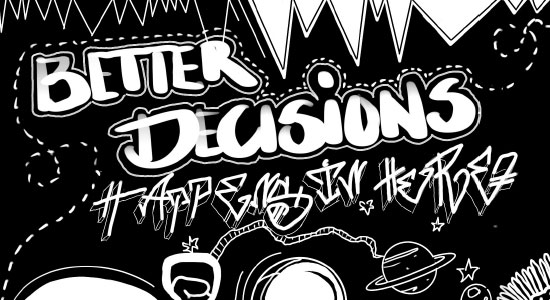For a holistic view of the company, the Balanced Scorecard can play an important role and effectively support decisions. Business Intelligence solutions enable the efficient use of the Balanced Scorecard by minimising manual effort.
What is the Balanced Scorecard?
The Balanced Scorecard is an instrument for developing, concretising and measuring the success of corporate strategies. As it takes different perspectives into account, it promotes a balanced view of the company. It is particularly effective in supporting decision-makers in the context of corporate performance management, as it takes into account interdepartmental cause-effect relationships.
The concept of the Balanced Scorecard was developed in the 1990s by the team around Robert S. Kaplan and David P. Norton. The motivation for this was the fact that in many companies the implementation of strategies failed because the employees were not sufficiently aware of them. Also, the classical performance measurement with the help of financial ratios should be supplemented by non-financial factors in order to enable a balanced assessment of the company’s performance. The Balanced Scorecard also takes the company’s environment into account. The instrument contributes significantly to the achievement of goals, as strategies can be operationalised in this way in a promising way.
Holistic view of the company
The Balanced Scorecard looks at the company from four different perspectives: the financial perspective, the customer perspective, the internal process perspective and the learning and development perspective. The financial perspective is based on the expectations of the capital providers. Since the main goal of any company is long-term financial success, the financial perspective stands above all other perspectives. The customer perspective analyses the relationship between the company and its customers, focusing for example on their needs and perceptions. The process perspective deals with identifying and influencing cross-divisional processes. It is necessary to focus on the most important processes. The learning and development perspective is also often called the potential perspective. It analyses whether the potentials available in the company create the conditions for achieving all other strategic goals in the long term. These can include, for example, adaptability, innovative strength or employee resources.
Operationalisation of strategic goals
The four perspectives can be individually supplemented by others. For each perspective, goals, appropriate indicators, targets and measures are defined. On this basis, regular measurement and control of performance is possible. It should be noted that the four perspectives must not be considered separately from each other, as they influence each other. The fact that a balanced scorecard can function as an early warning system is also due to the use of non-financial indicators. This is because the effects of certain developments on finances only become clear with a time lag. If only financial indicators are used, many problems and undesirable developments cannot be recognised in time.

Balanced Scorecard and Business Intelligence
Before Business Intelligence solutions were available for the Balanced Scorecard, collecting and preparing the information required a lot of effort and caused corresponding costs, with a higher probability of error. Business Intelligence automates the calculation of meaningful Key Performance Indicators. The basis for success is a uniform, consistent and up-to-date database. The Balanced Scorecard can be used in conjunction with many other functions, such as dashboards, forecasting tools or data mining.
Would you like to manage your company in the direction of Corporate Performance Management? Then get in touch with us. We will support you with suitable CPM and BI solutions. We would be happy to arrange an appointment or send you further information.






